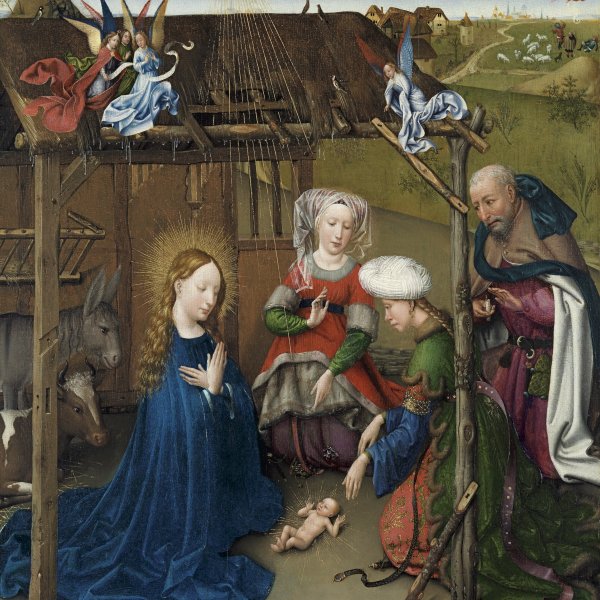Jacques Daret
Tournai, ca. 1400/5- ca. 1468
Daret was born in Tournai, the son of a sculptor, and trained in the workshop of Robert Campin, with whose family he lived from 1418. He is documented there as an apprentice in 1428 and coincided with Rogier van der Weyden. Following his training as a painter he embarked on an apprenticeship as a miniaturist, becoming a qualified master in 1436. From 1432 Daret worked as an independent master and his name is registered in the artists’ guild of his native city. Jacques Daret enjoyed a high reputation and his pupils included his stepbrother Daniel Daret, who in 1449 received commissions from Philip the Good, Duke of Burgundy. Between 1433 and 1435 Daret worked in Arras for the Abbey of Saint-Vaast, a city in which he is again documented in 1441 and 1452. In 1454 he was in Lille, where he worked for the Burgundian court, and in 1468 in Bruges, where he was involved in the decorations for the celebration of the wedding of Charles the Bold, Duke of Burgundy to Margaret of York. Daret’s output has been grouped around the documented altarpiece in Arras, painted for the Abbot Jean de Clercq. Of this work, four panels survive: The Visitation and The Adoration of the Magi (both Gemäldegalerie, Berlin), The Nativity (Museo Thyssen-Bornemisza, Madrid), and The Presentation in the Temple (Petit Palais, Paris). All were originally part of the exterior wings of the polyptych and reveal the clear influence of Robert Campin and Rogier van der Weyden.





